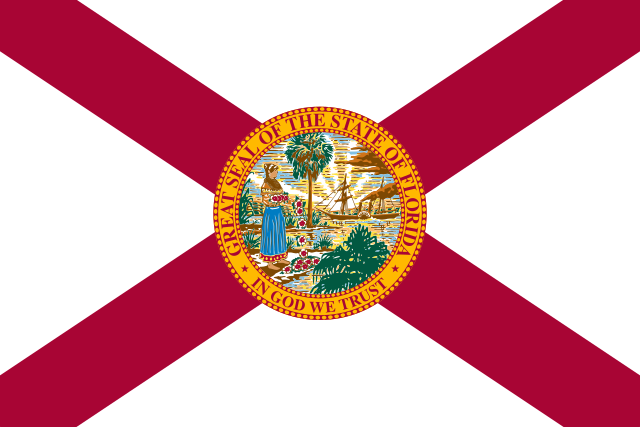
Will Walker is a senior pre-medical honors student majoring in psychology at the University of Arkansas. Will is actively involved in the premedical honor society as well as the Baptist Collegiate Ministry leadership team on campus. Originally from Sherwood, AR, Will plans to attend medical school after graduation with a planned specialization in psychiatry.
It is difficult to dispute that Florida is a very important state electorally. It currently possesses 30 electoral votes, the third most electoral votes behind only California and Texas, and it has been seen as a bellwether swing state for many consecutive presidential elections dating back to 1928. Since that time, it has only voted for the losing candidate three times (1960, 1992, and 2020). The “purple” nature of Florida is not exclusive to the presidential election. In the past 15 years, five statewide gubernatorial or senate races in Florida were decided by less than two points. However, most signs point to the perennial “tossup” designation for Florida becoming a thing of the past. Most publications agree that the political landscape in Florida has changed. In 2020, Joe Biden increased the margin of victory of blue states, flipped states, and decreased Trump’s margin in many red states. In Florida, however, Trump’s margin of victory increased by 2.2 percentage points from +1.2 to +3.4. Then, in 2022, Governor Ron DeSantis won his reelection in the state by almost 20 percentage points. In most analysts’ view, this solidified Florida as a “likely” or “lean” Republican state in 2024.
Much of the “swing” nature of Florida comes from its unique demographic situation. The northern part of the state is considered part of the “Deep South”, which is included in the “Bible Belt.” This cultural region is made of a large amount of white evangelical conservative Christians, which vote overwhelmingly Republican. The southern part of the state has a large proportion of Latino Americans, especially with many Catholic Cubans and Puerto Ricans in the Miami metropolitan area. Historically, this region has been the Democratic stronghold in the state. In recent years, the Latino vote has been shifting Republican. In Miami-Dade County in Florida, Biden’s margin in 2020 shrank to just 7.4 points compared to Clinton’s 29.4 points in 2016 and Obama’s 23.7 points in 2012. There are many signs that Miami-Dade could be in Trump’s favor in 2024, including the current early voting numbers, which show Republicans six points ahead as of October 29th.
In the 2024 election cycle, Florida has received a certain “whiplash” of inattention. In 2020, $177 million was spent on political presidential election ads in Florida. In 2024, only $1.4 million has been spent in the same time frame. Only $500k has been spent on ads in Florida by the Harris campaign. This is likely due Florida being a likely red state in this cycle, with almost all prediction models indicating as such, including The Economist, 538, The Cook Political Report, The Hill, and more. According to Real Clear Polling, out of the eleven listed polls since Harris entered the race, Trump leads in every single one outside of the margin of error and by an average of 8.5 points.
Prediction: Although the numbers look very good for Trump, there are factors that could cause unexpected results. Amendment 4 is an abortion rights amendment on the ballot in Florida, and it remains to be seen if this will have a positive effect for Democrats overall in this cycle as it seemed to in 2022. The Trump campaign and its supporters have also made disparaging comments about certain Haitian and Puerto Rican groups, both of which demographics have high numbers in South Florida. However, despite these things, I believe that the current shift right in Florida combined with polling results and current spending indications allow me to confidently predict that Donald Trump will win Florida in the 2024 Presidential election.
